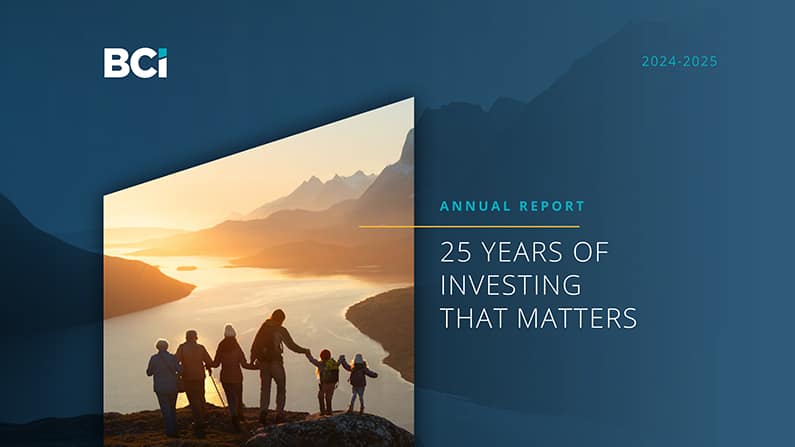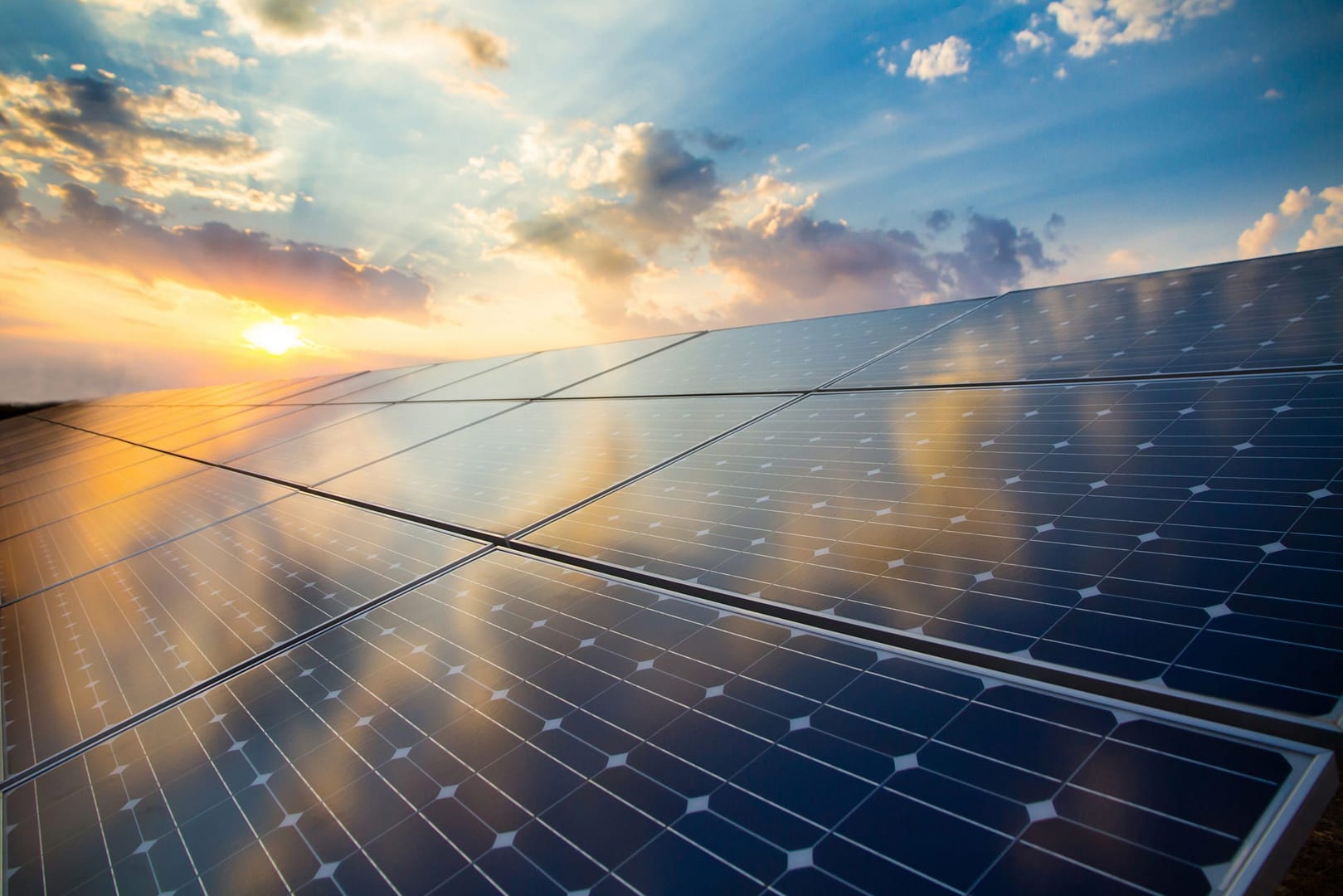September 18, 2025
The evolution of infrastructure investment in the digital and energy transition era
Lincoln Webb, Executive Vice President and Global Head of Infrastructure & Renewable Resources, recently spoke at McKinsey & Company’s 10th Global Infrastructure Initiative Summit, sharing BCI’s perspective on “Evaluating risk and return in Infrastructure’s new era”. His insights focused on how innovative projects, particularly in energy transition and digital infrastructure, require expanded due diligence frameworks to ensure investments deliver both compelling returns and meaningful societal impact.
Infrastructure investment success in 2025 requires navigating a complex landscape where traditional defensive assets must coexist with transformational opportunities. Today’s investors must adopt a fundamentally different risk assessment approach – one that integrates predictive modeling, geopolitical analysis, data security scrutiny and ESG factors as core investment criteria, not secondary considerations. BCI’s C$32.2 billion Infrastructure & Renewable Resources (I&RR) portfolio is embracing this evolving risk analysis approach. It allows our I&RR program to concentrate on essential services that demonstrate resilience over long-term investment horizons, while also positioning the portfolio for the economy of tomorrow with more innovative infrastructure investments.
Energy transition: Where returns meet impact
The energy transition continues to present compelling long-term investment opportunities, with operational assets typically delivering high-single digit net IRRs and development projects offering mid-teen returns over 10 to 20-year investment horizons, while enabling meaningful carbon reduction through renewable energy and supporting infrastructure. McKinsey estimates that clean electricity will account for 65 to 80 per cent of global generation by 2050¹. They also project that achieving net-zero emissions by 2050 would require US$9.2 trillion in annual average spending on physical assets for energy and land-use systems through 2050, representing an additional US$3.5 trillion per year compared to current spending levels. This represents an unprecedented capital deployment opportunity for investors who can effectively assess and manage evolving risk profiles. This growth spans renewable energy systems, smart grids, energy storage, and supporting infrastructure across multiple jurisdictions and technologies.
Today, renewable power investments comprise approximately 9.0 per cent of BCI’s I&RR portfolio – a figure that has steadily grown over the past ten years through investments in Eku Energy, Isagen, Reden Solar, and Shepherds Flat.
Key factors that we evaluate for energy transition investments include:
- Regulatory or policy risks: Complexities arising from interacting with multiple regulatory frameworks, as well as changing government and subsidy policies,
- Technology performance: Evaluating long-term project technologies in terms of production, reliability and durability, and operational costs and long- term maintenance forecasts, and,
- Market dynamics: Evaluating energy price stability or volatility, the strength of existing customer contracts, and future expected energy demand.
Digital Infrastructure: Essential Services For Today’s Economy
BCI’s most recent digital infrastructure investments have focused on telecommunication assets bridging digital divides and 4G coverage gaps in growth markets, but all digital infrastructure investments require comprehensive technical due diligence. Today, digital infrastructure assets comprise approximately 9.2 per cent of I&RR’s portfolio, including our recent investments in Frontier Towers, Rakuten Mobile and Altius.
The digital infrastructure sector is estimated to require US$19 trillion of investment by 2040, yet the sector presents unique risk assessment challenges. These include physical infrastructure capacity, radio equipment specifications, transmission capabilities, and co-location opportunities. Investors must evaluate both current operational status and expansion potential for multiple operators.
Key factors that we evaluate for digital infrastructure investments include:
- Supply Chain Risks: Critical component constraints and construction timeline pressures,
- Regulatory Compliance: Evolving cybersecurity requirements and data privacy regulations,
- Technology Integration: Managing interdependent risks throughout digital infrastructure ecosystems, and,
- Power Infrastructure: Ensuring adequate power solutions for opportunities in data centers and communications networks.
Strategic Portfolio Evolution
The complexity of these interconnected risks requires comprehensive due diligence and sophisticated risk mitigation strategies. While traditional infrastructure assets continue to form the foundation of our core I&RR strategy, our investment scope evolves to capture the best opportunities across sectors – including those in digital and energy transition spaces that align with both our return objectives and our clients’ long-term interests. This approach reflects our commitment to generating long-term value through our investments, leveraging our extensive global network, and applying our unique industry expertise in an increasingly complex investment landscape.
Lincoln Webb (centre) and other panel participants at McKinsey & Company’s 10th Global Infrastructure Initiative Summit.









